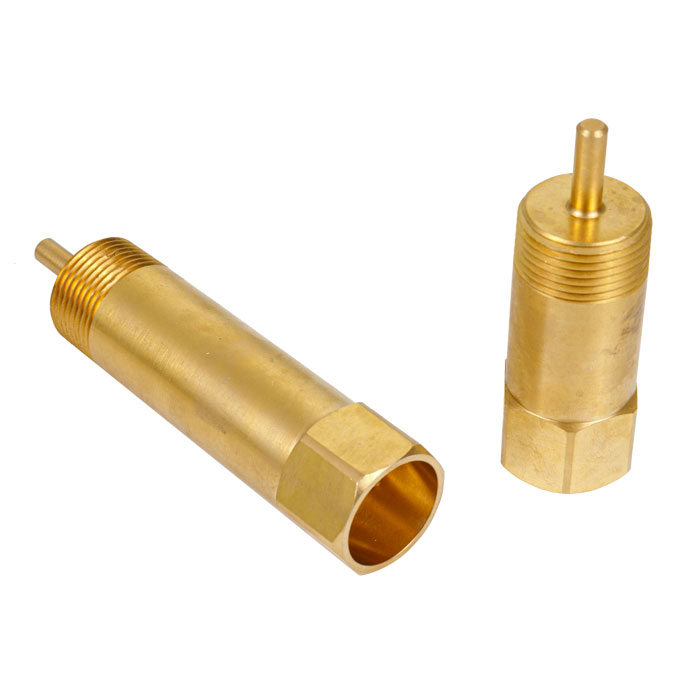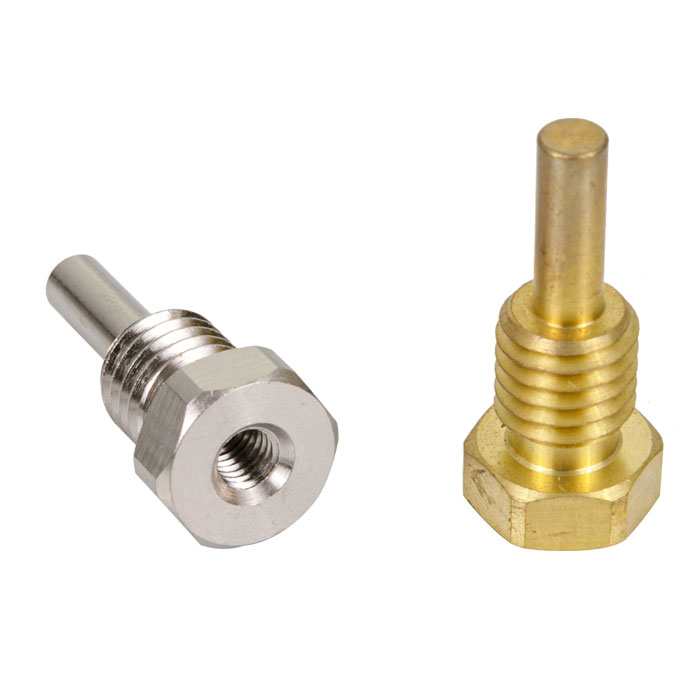Types of CNC Lathe Machining Processes
2023-10-18
CNC lathe machining processes involve the use of computer numerical control (CNC) lathes to perform various operations on a workpiece. These operations are typically used to shape and modify the workpiece by removing material. Here are some common types of CNC lathe machining processes:
1. Facing: Facing is the process of cutting the end face of the workpiece to create a smooth and flat surface perpendicular to the axis of rotation. It is often the first step in preparing the workpiece for other machining operations.
2. Turning: Turning is the primary operation in CNC lathe machining. It involves rotating the workpiece while a cutting tool is fed into it to remove material and create cylindrical shapes. This process is used to create external diameters, internal diameters (using a boring bar), tapers, and threads.
3. Taper Turning: Taper turning is the process of creating a gradual taper on the workpiece. It involves adjusting the position of the cutting tool relative to the workpiece axis while it rotates.
4. Threading: Threading is the process of creating external or internal threads on the workpiece. CNC lathes can perform both straight and tapered threading operations using specialized cutting tools.
5. Drilling: CNC lathes can be equipped with drilling capabilities to create holes in the workpiece. The spindle rotates the cutting tool while it is fed into the workpiece to remove material and create holes of various sizes.
6. Grooving: Grooving is the process of cutting narrow channels or grooves on the surface of the workpiece. It can be used to create internal or external grooves, recesses, or undercuts.
7. Parting Off: Parting off, also known as cutoff, is the process of separating the workpiece from the remainder of the material. It involves feeding a parting tool into the workpiece, creating a clean cut and separating the finished part.
8. Knurling: Knurling is a process used to create a textured pattern on the surface of the workpiece, providing improved grip or aesthetic appeal. Knurling tools press against the rotating workpiece, deforming the material to create the pattern.
These are some of the key CNC lathe machining processes. The specific operations performed depend on the requirements of the part being machined and can be programmed and automated using CNC technology, resulting in accurate and efficient production.




